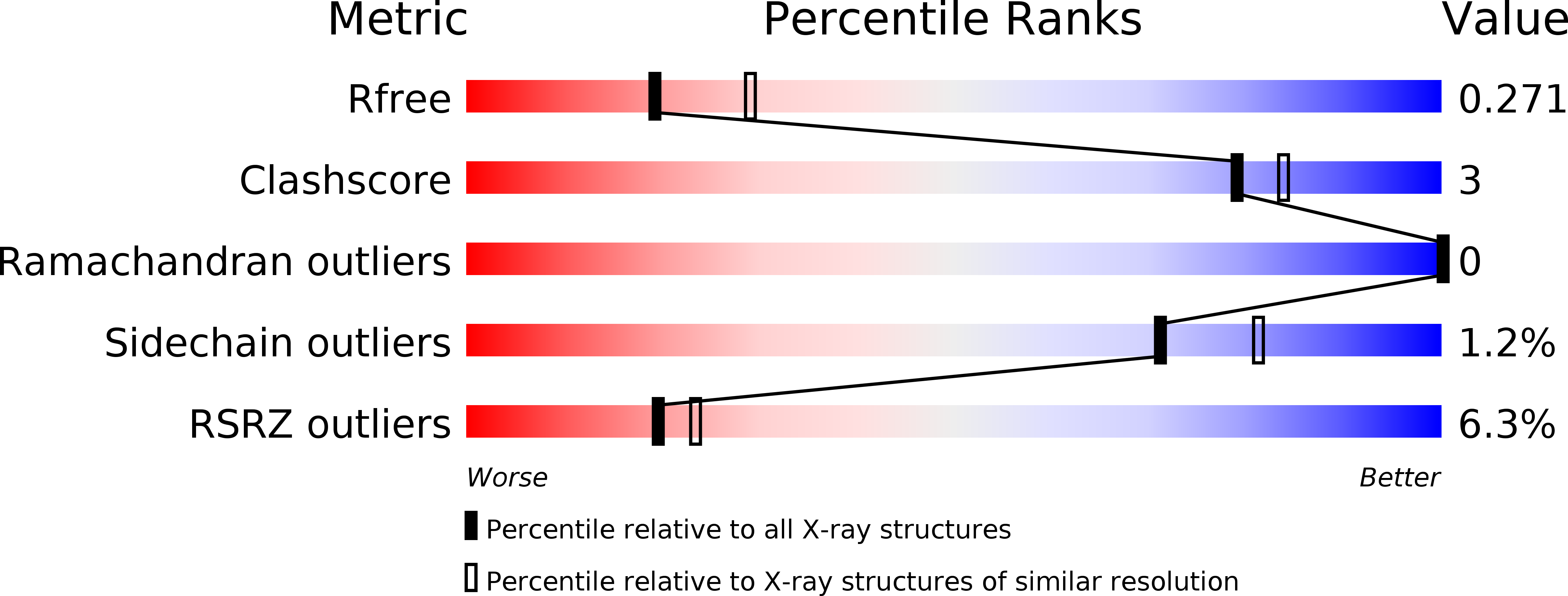
Deposition Date
2015-03-05
Release Date
2015-06-17
Last Version Date
2024-02-28
Method Details:
Experimental Method:
Resolution:
2.55 Å
R-Value Free:
0.26
R-Value Work:
0.22
R-Value Observed:
0.22
Space Group:
C 2 2 21


